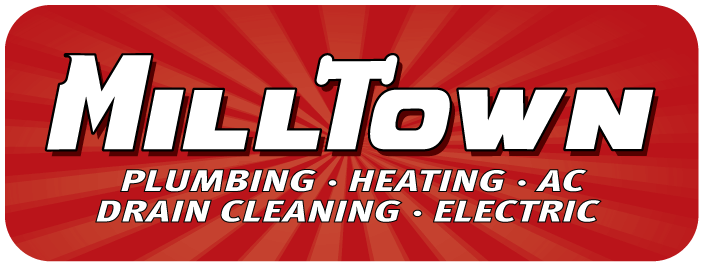Benefits of Minisplit Heating & Cooling System | For Homeowners
- Air Conditioning
- Heating

If you’re looking for a high-efficiency and cost-effective way to heat and cool your home, minisplit systems are the way to go. These ductless HVAC systems are designed to heat and cool your home, and they come with a lot of benefits that make them an excellent choice for homeowners.
What are Minisplit Systems?
Minisplit systems are HVAC systems that offer heating and cooling without the use of ducts. They consist of an outdoor unit and one or more indoor units that are mounted on the wall. These units work together to provide efficient heating and cooling to different zones in your home.
How Do Minisplit Systems Heat and Cool?
Minisplit systems use refrigerant to move heat from one place to another. In cooling mode, the refrigerant absorbs heat from the indoor air and releases it outside. In heating mode, the refrigerant absorbs heat from the outdoor air and releases it inside.
Benefits of Minisplit Systems
- Improved Energy Efficiency: Minisplit systems are more energy-efficient than traditional HVAC systems, which can save you money on your energy bills.
- Zone Cooling Capabilities: Minisplit systems allow you to cool different zones in your home independently, which can help you save energy and money.
- Quiet Operation: Minisplit systems are designed to operate quietly, so you won’t even notice when they’re running.
- Easy Installation: Minisplit systems are easy to install, and they don’t require any ductwork, which can save you time and money.
- Improved Indoor Air Quality: Minisplit systems offer excellent air filtration, which can help improve the indoor air quality in your home.
How Minisplit Systems Can Save You Money
By using less energy than traditional HVAC systems, minisplit systems can help you save money on your energy bills. Additionally, with programs like Mass Save, homeowners can save money on the purchase and installation of a new minisplit system.
Purchase a Minisplit With the Help of the Mass Save Program
The Mass Save program offers rebates and incentives for homeowners who install energy-efficient HVAC systems, including minisplits. The program provides free home energy assessments to help homeowners identify areas where they can save energy, and it offers rebates and financing options to help offset the cost of installing a new HVAC system.
If you’re looking for an energy-efficient and cost-effective way to heat and cool your home, consider installing a minisplit system with Milltown! With its many benefits and money-saving capabilities, minisplit systems are a smart choice for homeowners.
Check out our Google Reviews!













